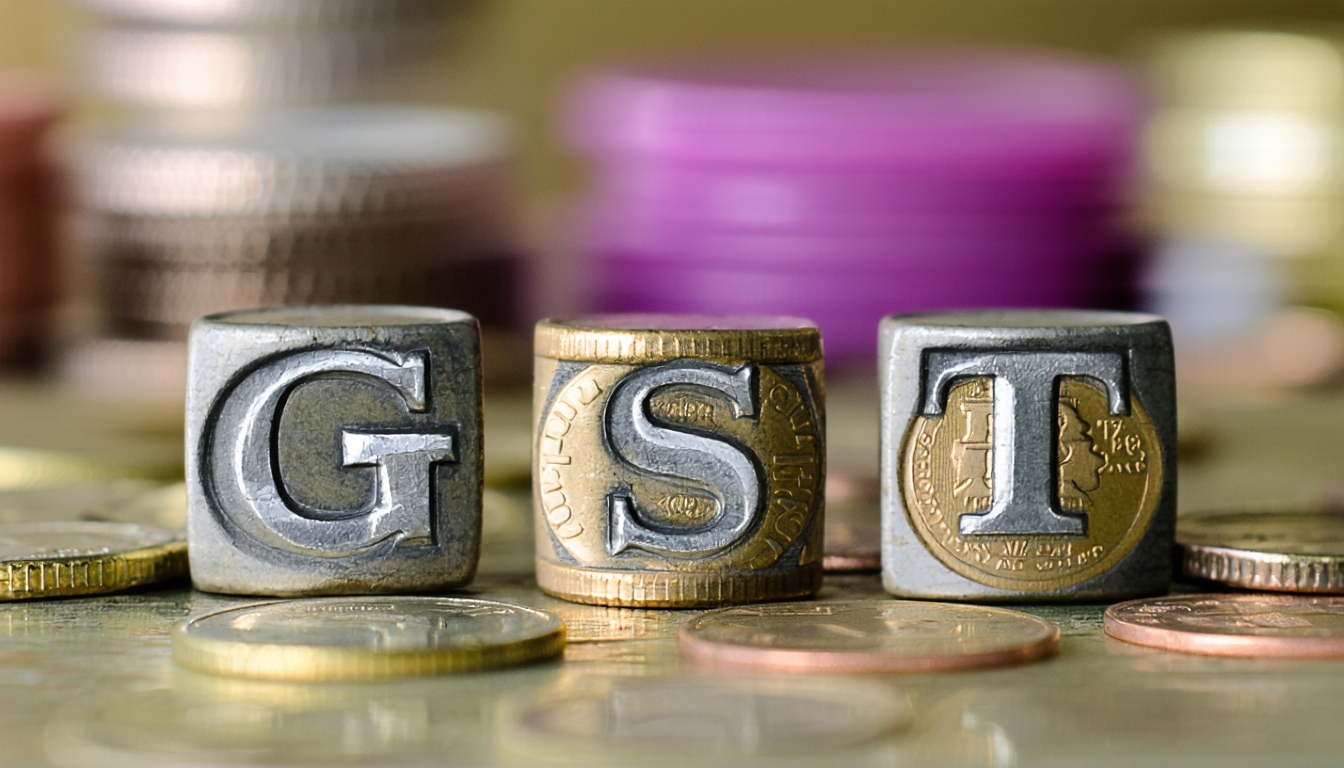A sweeping review of gst price structures has ignited debate across the United Kingdom, as businesses and consumers respond to recent changes in tax rates. The government’s latest adjustments, announced this week, aim to streamline compliance and address long-standing industry concerns. The move comes amid ongoing negotiations with international partners and a push for greater transparency in the nation’s tax system.
Government Announces New GST Price Structure
The UK Treasury unveiled revised gst price brackets on Tuesday, effective from August 1st. The changes affect a broad range of goods and services, including footwear, apparel, renewable energy components, and select consumer products. Officials say the new rates are designed to align with global standards while supporting domestic industries.
Chancellor of the Exchequer Emily Carter stated at a press briefing: “Our updated gst price framework reflects our commitment to fair taxation that supports both economic growth and consumer welfare.” She emphasized that these reforms were shaped by consultations with business leaders and trade associations.
Key highlights include:
– Footwear priced below £5 will now attract a 5% gst rate.
– Footwear above £5 faces an increased rate of 18%.
– Apparel remains at 12%, despite calls from some sectors for further reductions.
– Renewable energy equipment continues under existing exemptions pending further review.
Industry Response: Relief Mixed With Concern
Industry groups have welcomed certain aspects of the new gst price regime but warn that inconsistencies remain. Retailers selling affordable footwear praised the lower bracket for sub-£5 items but expressed frustration over higher rates on mid-range products.
According to Adesh Gupta, CEO of Liberty Shoes UK: “While we appreciate efforts to reduce taxes on basic footwear, setting an 18% rate for most other shoes puts pressure on retailers already facing tight margins.”
Market data shows immediate impacts:
– Shares in major retailers such as Relaxo Footwears rose by over 3% following news of lower taxes on budget lines.
– Bata UK reported increased sales projections for its entry-level products after confirmation of reduced gst prices.
However, luxury brands voiced concern about potential declines in demand due to higher costs being passed onto consumers.
GST Price Adjustments Amid International Trade Talks
The timing coincides with ongoing Free Trade Agreement (FTA) negotiations between India and the United Kingdom. Both governments are working towards lowering tariffs while harmonizing indirect tax policies like GST/VAT systems.
Trade analyst Manishi Raychaudhuri commented: “Certainty around tariff rules is essential for investment decisions—frequent changes or unclear timelines can deter market entry or expansion.”
Recent deals between major economies have set benchmarks:
– Vietnam secured preferential tariffs through bilateral agreements.
– Indonesia maintains a standard tariff near 19%.
UK negotiators aim for parity or better terms compared to these competitors as they finalize FTA details this summer.
Small Businesses Grapple With Compliance Challenges
Not all stakeholders benefit equally from revised gst prices. Small traders—especially those operating informally or dealing primarily in cash—face heightened scrutiny under stricter enforcement measures tied to digital payments tracking.
A recent case involved a vegetable vendor in Karnataka who received notice demanding £29,000 in back taxes after authorities flagged UPI-based transactions totaling more than £160,000 over four years. While fresh produce is generally exempt from GST under current rules, confusion persists among micro-enterprises regarding registration thresholds and reporting obligations.
Tax advisor Priya Mehra notes: “Many small businesses lack resources or expertise needed for full compliance; targeted education campaigns are vital if we want smooth implementation without undue hardship.”
Broader Economic Implications
Economists predict mixed effects from these latest adjustments:
Positive outcomes may include:
– Increased affordability for essential goods due to lower base rates
– Improved competitiveness versus imports where aligned with partner countries’ policies
– Greater clarity fostering investment confidence
Potential drawbacks could involve:
– Higher retail prices on non-essential items subject to elevated rates
– Administrative burdens falling disproportionately on smaller firms
Consumer advocacy groups urge continued vigilance against unintended consequences such as regressive impacts or loopholes exploited by larger players able to shift supply chains offshore temporarily during transition periods.
Looking Ahead: Calls For Further Reform And Transparency
As markets adjust over coming weeks—and ahead of Parliament’s autumn session—calls grow louder for comprehensive reform beyond piecemeal tweaks:
Key proposals include:
1. Simplifying rate bands further so similar goods face consistent treatment
2. Expanding exemptions only where clear social benefits exist (e.g., children’s clothing)
3. Enhancing digital tools so taxpayers can easily determine applicable gst prices before purchase
Chancellor Carter pledged ongoing dialogue: “We will monitor outcomes closely; if evidence shows need for additional change we stand ready.”
In summary,
the latest overhaul marks another step toward modernizing Britain’s indirect tax landscape—but also underscores challenges inherent when balancing fiscal needs against fairness across diverse sectors.
Stakeholders await detailed guidance expected later this month clarifying transitional provisions—and hope future reforms deliver lasting certainty alongside competitive advantage globally.
For now,
businesses large and small must adapt quickly as new rules take effect—with close attention paid not just by accountants but also millions whose daily purchases depend upon what happens next with every adjustment made at checkout counters nationwide.






